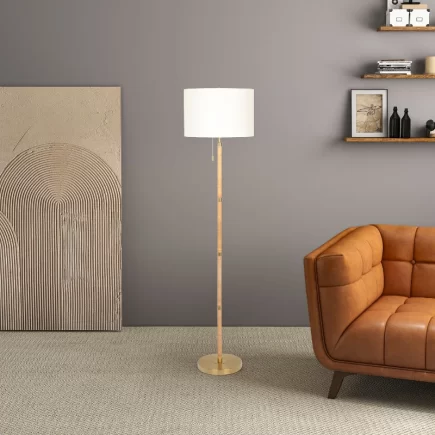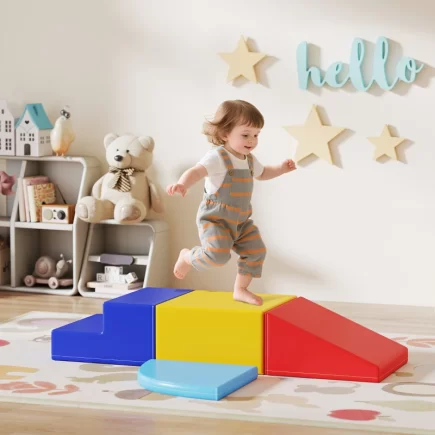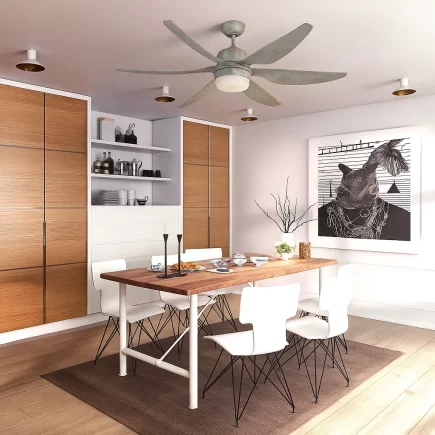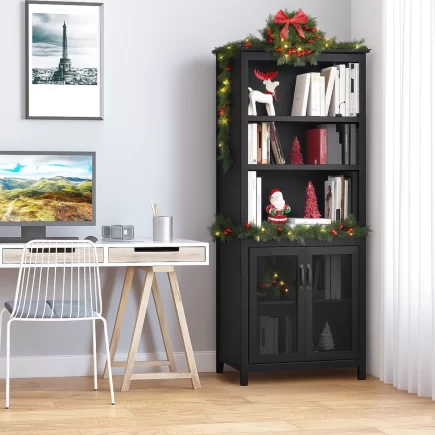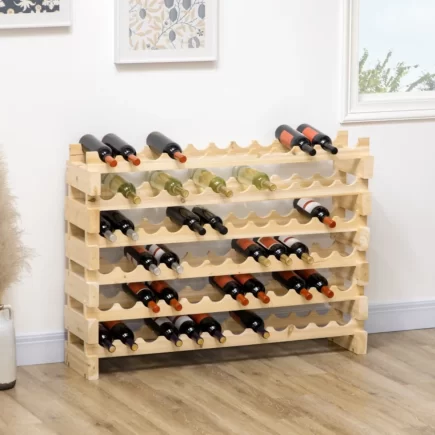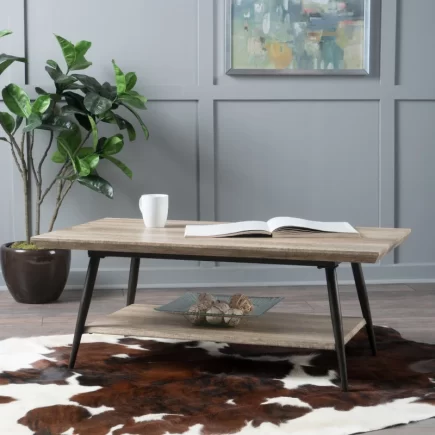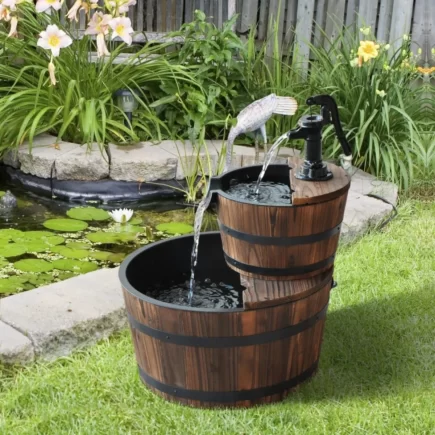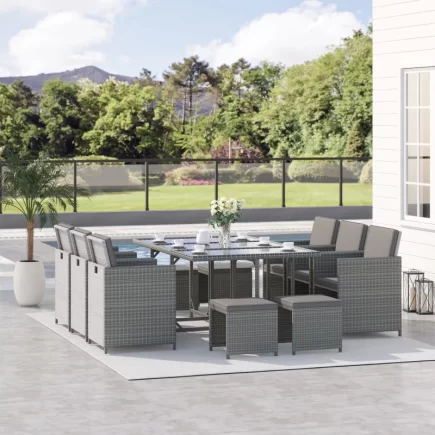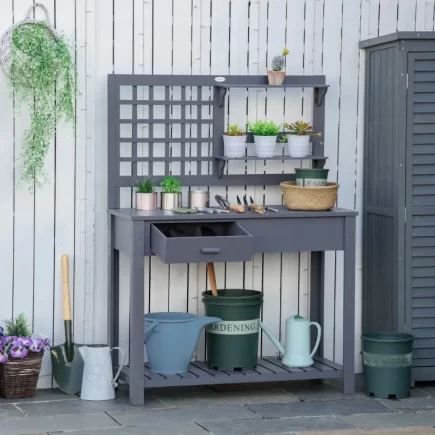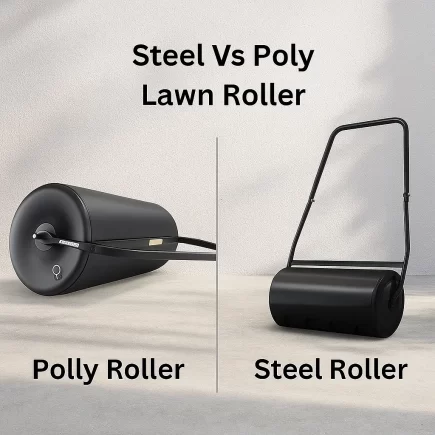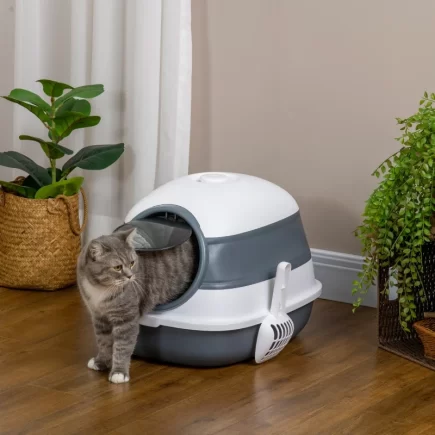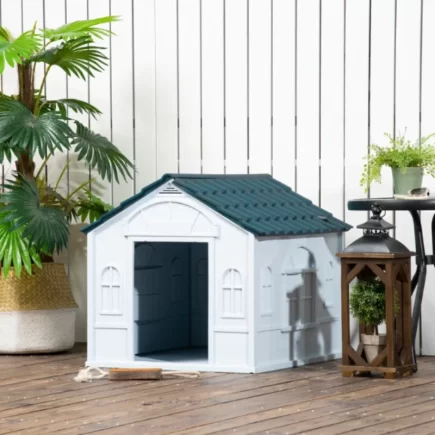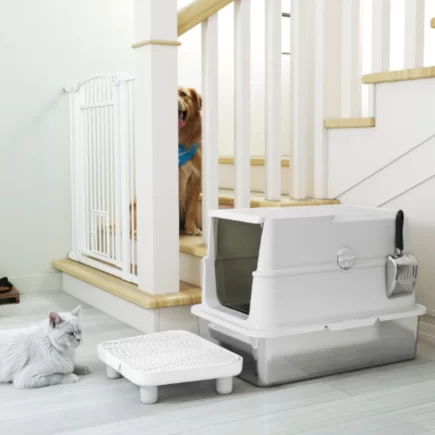Gardening is a satisfying and rewarding hobby, but for many, the thought of digging into the ground and battling poor soil or weeds can be overwhelming. This is where raised garden beds come in, offering a simple and effective solution to garden in a way that’s easy on your back and yields healthier plants. Whether you’re growing vegetables, flowers, or herbs, a raised garden bed provides numerous benefits such as better drainage, more control over the soil quality, and a more aesthetically pleasing garden.

In this article, we will walk you through the process of building your own raised garden bed. We’ll cover everything from the materials you’ll need to step-by-step instructions, plus tips for keeping your bed healthy and thriving throughout the seasons.
Tools and Materials Needed
Basic Tools
Before you start building your raised garden bed, you’ll need a few basic tools. These are common items found in most toolkits:
- Saw: If you’re cutting wood, a hand saw or circular saw is essential.
- Drill: A drill will help you create holes for screws and ensure your construction is sturdy.
- Measuring Tape: Accurate measurements are key to a properly sized bed.
- Screws: Use durable screws to fasten the components of your bed together.
- Level: This is essential to ensure your bed is even, especially if you’re constructing multiple beds.
Materials
When it comes to materials, you have several options based on your budget and garden’s needs:
- Wood: Cedar, pine, and pressure-treated lumber are common choices for raised beds. Cedar is naturally rot-resistant and provides a long-lasting frame. However, it can be pricier than other options like pine or pressure-treated lumber. The Outsunny Raised Garden Bed Set of 5 Large Wooden Box Planters is perfect for gardeners looking for sturdy, weather-resistant, and aesthetically pleasing raised beds.

- Metal: Galvanized steel is another popular material because it’s highly durable and resists weathering over time. For example, The Outsunny Galvanized Raised Garden Bed, Steel Outdoor Planters are an excellent choice for those looking for durability and low maintenance.

- Plastic: Some gardeners prefer plastic due to its lightweight nature and ease of maintenance. Plastic beds typically come in modular designs, offering flexibility for garden expansions.
Selecting the Right Location for Your Raised Bed
Choosing the perfect location for your raised garden bed is crucial for ensuring your plants grow strong and healthy. The right spot maximizes your garden’s productivity, making it easier for plants to thrive. Here’s what to consider:
Sunlight Requirements

Most vegetables, herbs, and flowers need at least 6-8 hours of direct sunlight each day to grow properly. This is particularly true for sun-loving plants like tomatoes, peppers, and most root vegetables. Be sure to choose a spot in your yard that gets ample sunlight, especially during the growing season.
However, not all plants have the same sunlight needs:
- Full Sun: Requires at least 6 hours of direct sunlight per day. Most vegetables (like tomatoes, lettuce, and peppers) fall into this category.
- Partial Sun: These plants thrive with 3-6 hours of sunlight. This category includes leafy greens and some herbs.
- Shade: Some plants (like spinach and kale) can tolerate less sun and are suitable for spots that only get a couple of hours of light each day.
Ideal Placement
Once you’ve accounted for sunlight, think about the ground where your raised bed will sit. A few important considerations include:
- Level Ground: Your raised garden bed should be placed on level ground to avoid uneven settling over time. An uneven surface can cause your soil to shift, water to pool in certain areas, and plants to grow at odd angles.
Tip: If the ground isn’t naturally level, use a garden leveler or a spirit level to ensure the bed sits evenly. For added stability, you can also dig a shallow trench along the edges to ensure the bed stays flat. - Away from Trees: Ensure your raised bed is placed away from large trees or shrubs to prevent their roots from invading the bed and competing for water and nutrients. Trees can also cast unwanted shadows over your plants, reducing the sunlight they receive.
Step-by-Step Guide to Building a Raised Garden Bed
Building a raised garden bed is a relatively simple process. Whether you’re constructing a small garden box or a larger bed, the following steps will help you create a strong and stable structure.
Step 1: Measuring and Cutting Wood
- Measure: Start by measuring the dimensions of your raised bed. The most common size for a raised bed is 4 feet by 8 feet, which is easy to manage and allows you to reach the middle without stepping into the bed.
Tip: The ideal width of a raised bed is 4 feet because it provides easy access to plants from both sides. The length can vary depending on your space, but 8 feet is a manageable size that fits most gardens. - Cutting the Boards: Use a saw to cut your wood into the desired lengths. Make sure to cut straight and accurate to ensure the pieces fit together perfectly.
Tip: If you don’t have a saw or would prefer not to cut the wood yourself, many home improvement stores offer cutting services. This can save you time and ensure a clean cut.
Step 2: Assembling the Frame
Once your wood pieces are cut, it’s time to assemble the frame. Depending on the material you’re using, you may want to opt for framing angles to make the assembly process easier.
- Secure the Corners: For a rectangular bed, position your corner pieces and use drill holes to prevent wood from splitting. Fasten the corners with screws for added stability.
If you’re looking for easy-to-assemble raised garden bed kits, check out the Outsunny 2-Piece Raised Garden Bed with Legs. This raised bed system is quick to set up and features self-watering planters, perfect for those new to gardening or seeking an easy setup.

Step 3: Securing the Corners and Ensuring Stability
After the basic frame is in place, check to ensure all corners are square and the structure is stable. If you are building a larger bed, you may want to add extra reinforcements along the sides or corner posts.
Tip: For additional support, use brackets or metal stakes to ensure the bed holds up under the weight of the soil. This is particularly important if you are using a longer bed like the Outsunny Galvanized Raised Garden Bed, 4′ x 4′ x 1′ Metal Planter Box, which offers durability and a long-lasting design.

Benefits of DIY Raised Garden Beds
- Better Soil Control: You can control the type and quality of the soil you use, making it easier to grow a wide range of plants.
- Improved Drainage: Water drains away quickly from raised beds, which helps prevent root diseases caused by waterlogging.
- Reduced Weeds and Pests: With the right setup, raised beds are less prone to weeds and pests that can ruin your plants.
- Accessibility: Raised garden beds can be designed to accommodate people with limited mobility or those who prefer to garden without bending over.
- Aesthetic Appeal: Raised beds look clean, neat, and organized, enhancing the visual appeal of your garden or backyard.
Soil Requirements
One of the greatest benefits of raised garden beds is the ability to control the soil environment. The right soil mix can significantly impact plant health and productivity.
Ideal Soil Composition
To create the best growing conditions, you’ll need a soil mix that is both nutrient-rich and well-draining. A typical raised bed soil mix should include:
- Topsoil: Forms the base of your mix. Topsoil is readily available in bags and is suitable for most raised beds.
- Compost: Adds nutrients and improves the soil structure. Compost helps retain moisture and supports healthy microbial life.
- Aeration: Materials like perlite or vermiculite can be added to improve aeration and prevent the soil from becoming too compacted.
A general soil ratio to aim for is:
- 60% topsoil
- 30% compost
- 10% aerating material (perlite, vermiculite, etc.)
Importance of Proper Drainage
Good drainage is essential to prevent waterlogging, which can lead to root rot. Raised beds typically have an open bottom, which allows excess water to drain away.
For additional drainage:
- Gravel: Place a thin layer of gravel at the bottom of the bed before adding soil.
- Sand: Mixing sand with your soil can also help improve drainage, particularly in heavier soils.
Filling the Bed with Soil
- Layering the Soil: If you’re using the lasagna gardening method, start with a layer of cardboard or newspaper at the bottom to suppress weeds. Then add layers of organic materials such as leaves, grass clippings, and kitchen scraps.
- Adding Compost First: Another method is to start with a compost layer, followed by topsoil.
Tip: Be mindful of the soil settling over time. As the soil compacts, you may need to add more to maintain an optimal level for your plants.

Watering and Irrigation Options
Proper watering is essential to a healthy raised bed. The raised structure can dry out faster than the ground, so consistent watering is key.
Choosing the Best Irrigation System
- Drip Irrigation: This is one of the most efficient watering systems. Adrip irrigation system delivers water directly to the base of the plants, ensuring that water is efficiently absorbed by the roots while minimizing water waste. This system is ideal for raised beds because it prevents the soil surface from drying out and allows for deep watering.
- Soaker Hoses: Soaker hoses are another excellent option for raised garden beds. These hoses are laid on top of the soil and allow water to seep out slowly and evenly across the bed. Like drip irrigation, they help prevent water runoff and ensure that the plants receive water directly at their roots.
- Manual Watering: For smaller beds or when you’re only growing a few plants, you can always water your raised bed manually using a watering can or a hose with a gentle spray nozzle. Be sure to water evenly and deeply, avoiding shallow watering that can cause plant roots to stay near the surface.
Water Conservation Tips
Water conservation is critical, especially in regions with limited rainfall or during drought conditions. Here are a few tips to ensure you are using water efficiently:
- Mulch: Apply a thick layer of mulch around your plants. Mulch helps retain moisture, keeping the soil cool during hot weather and reducing the frequency of watering. Organic mulches like straw, grass clippings, or shredded leaves work best, as they also improve soil quality over time as they decompose.
- Avoid Overwatering: It’s easy to overwater raised garden beds since they drain quickly. Check the soil moisture regularly by sticking your finger into the soil. If the soil feels dry a couple of inches down, it’s time to water. If it feels moist, hold off.
- Watering Schedule: Water early in the morning or late in the evening when temperatures are cooler. This reduces water loss due to evaporation and ensures your plants get the moisture they need.
Cost Estimates for Building a Raised Bed
Building a raised garden bed is a manageable project, but it’s helpful to estimate the cost of materials and tools before you begin.
Material Cost Breakdown
The cost of building a raised bed depends largely on the materials you choose. Here’s an average breakdown:
| Material | Average Cost (4′ x 4′ Bed) |
| Wood (Cedar) | $80 – $150 |
| Wood (Pine or Pressure-treated) | $50 – $100 |
| Galvanized Steel (Metal) | $100 – $200 |
| Plastic Raised Beds | $60 – $120 |
| Soil (Topsoil, Compost) | $50 – $100 (for 1-2 cubic yards) |
| Tools (Drill, Saw, etc.) | $50 – $150 (if you don’t already own) |
For instance, the Outsunny 7′ x 3′ x 1′ Raised Garden Bed Set is an affordable option that provides ample space for your plants. Its sturdy galvanized steel frame ensures longevity without the need for constant maintenance.

Tips for Keeping It Affordable
- DIY Approach: If you’re on a budget, consider building your own raised bed using pressure-treated lumber or pine, which are typically more affordable than cedar.
- Recycled Materials: You can often find free or inexpensive wood, bricks, or stone that can be repurposed for a raised bed.
- Modular Systems: If you’re looking for flexibility, consider modular raised beds like the Outsunny 2-Piece Raised Garden Bed with Legs. These are often easier to set up and expand as needed, offering excellent value for the price.
Design Considerations
Raised garden beds not only need to be functional but can also add beauty to your garden. The design and materials you choose can make a big difference in both aesthetics and longevity.
Simple, Modern, or Rustic Designs
Simple: A minimalist design with clean lines works well in modern gardens. Consider using galvanized steel or stone to create a sleek, industrial look that blends seamlessly into contemporary landscapes.
Tip: The Outsunny Galvanized Raised Garden Bed with Trellis combines a simple, modern design with functional trellis space for climbing plants. It’s perfect for those who want both practicality and visual appeal in their garden setup.

Rustic: For a more traditional look, wood is a great option. Cedar and redwood are popular choices for their natural beauty and resistance to rot. These materials complement country-style gardens and fit well with outdoor furniture and decorations.
Tip: Consider staining or painting the wood to match your garden’s theme. Natural wood colors can give your garden a warm, rustic feel, while a painted finish can add a pop of color to your outdoor space.
Modular Designs: For versatility and expansion, modular raised beds are a fantastic option. These can be arranged in different layouts and can be customized as your garden grows.
Maintenance Tips for Longevity
To keep your raised garden bed in top shape and ensure it lasts for years, here are some key maintenance tips:

How to Maintain Wood and Prevent Rot
Wooden raised beds, especially those made from cedar or redwood, are naturally resistant to rot, but they still require maintenance. Apply a weather-resistant sealant or stain to help protect the wood from the elements. Reapply every 1-2 years for best results.
When to Replenish Soil and Organic Matter
Raised beds can settle and lose nutrients over time. Add fresh compost, organic matter, and mulch each season to replenish the soil. This helps maintain healthy, fertile ground for your plants.
Creating a raised garden bed is one of the most rewarding gardening projects you can undertake. Not only will it help you grow healthier plants, but it will also improve the overall aesthetics of your outdoor space. With the ability to control soil conditions, optimize drainage, and reduce maintenance, raised garden beds provide an excellent growing environment for a wide variety of plants.
Ready to get started? Whether you’re a beginner or an experienced gardener, Aosom has everything you need to build the perfect raised garden bed. From wooden planters to galvanized steel beds, we offer durable, easy-to-assemble products that make gardening a breeze.
FAQs
1. How deep should a raised garden bed be?
A raised garden bed should be at least 6 to 12 inches deep to accommodate most plants. For root vegetables or larger plants, you might want to go deeper, around 18 inches or more, to ensure ample space for root growth.
2. Can I use treated wood for a raised garden bed?
While pressure-treated wood is commonly used, it’s essential to choose wood that is treated with non-toxic chemicals. Avoid wood treated with harmful chemicals like chromated copper arsenate (CCA), as it can leach toxins into the soil.
3. How do I prevent weeds in a raised garden bed?
To prevent weeds, lay down a layer of landscape fabric or cardboard at the bottom of your raised bed before filling it with soil. Additionally, regularly mulch the surface to help suppress weed growth and retain moisture.
4. Can I build a raised garden bed without using screws or nails?
Yes, it’s possible to build a raised garden bed without screws or nails. You can use corner brackets, metal connectors, or even stacking bricks or stones to hold the structure together. Additionally, you can build the bed using interlocking wood pieces or find alternative materials like corrugated metal or stone.

